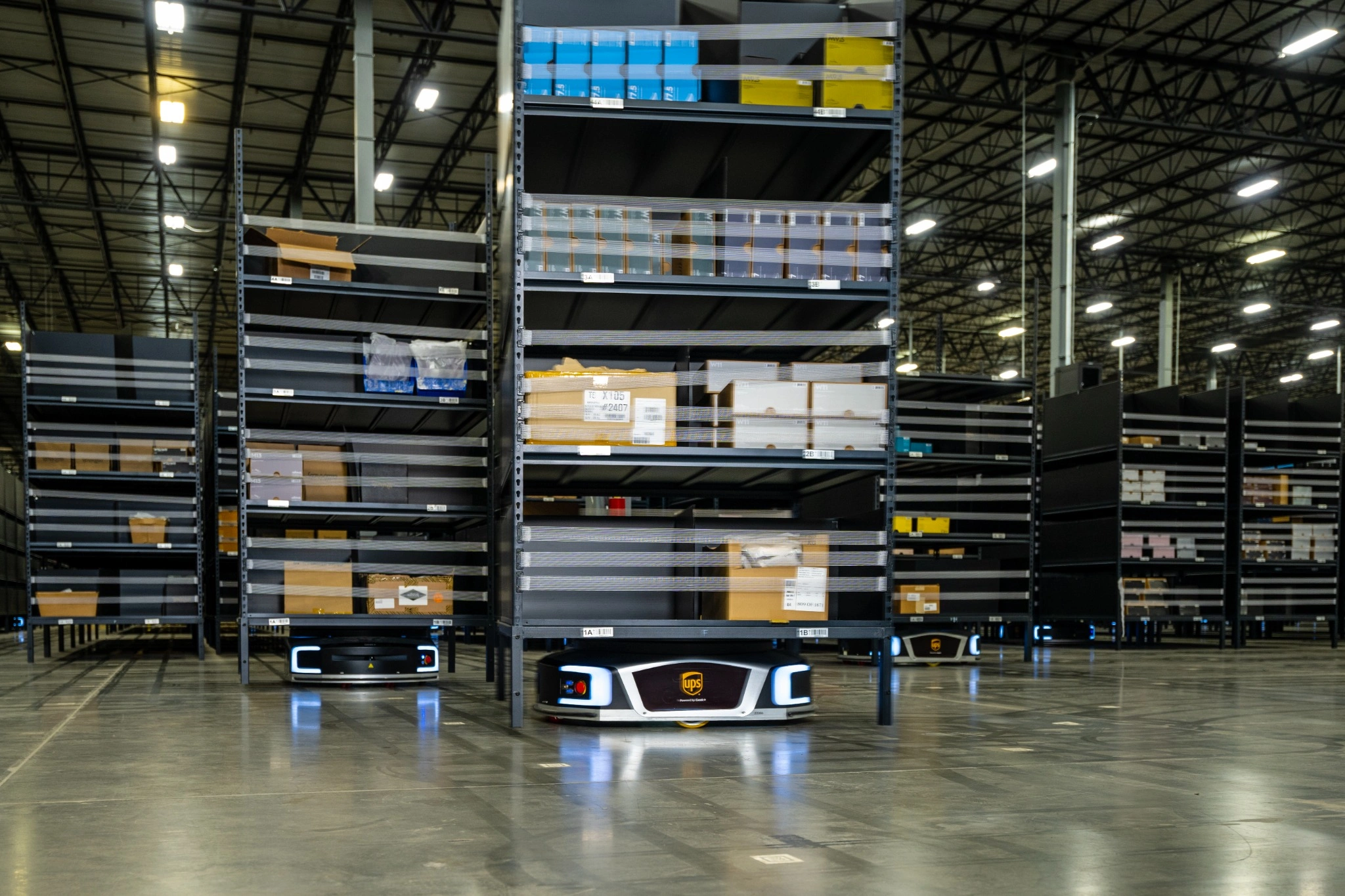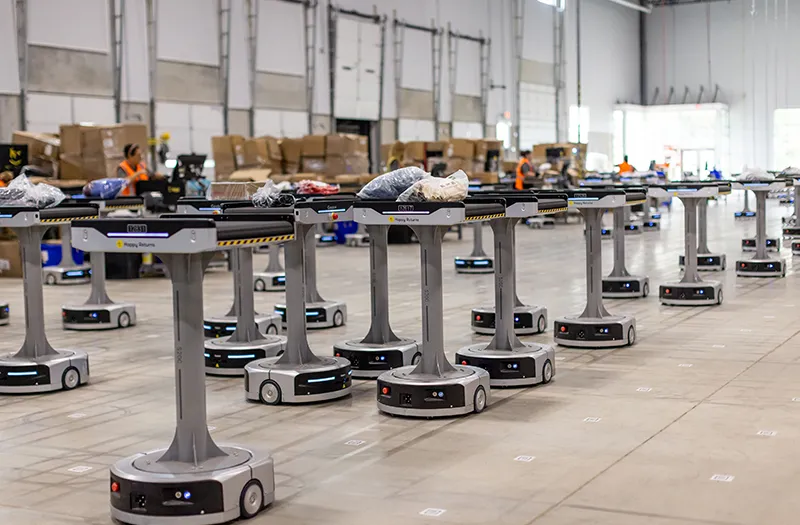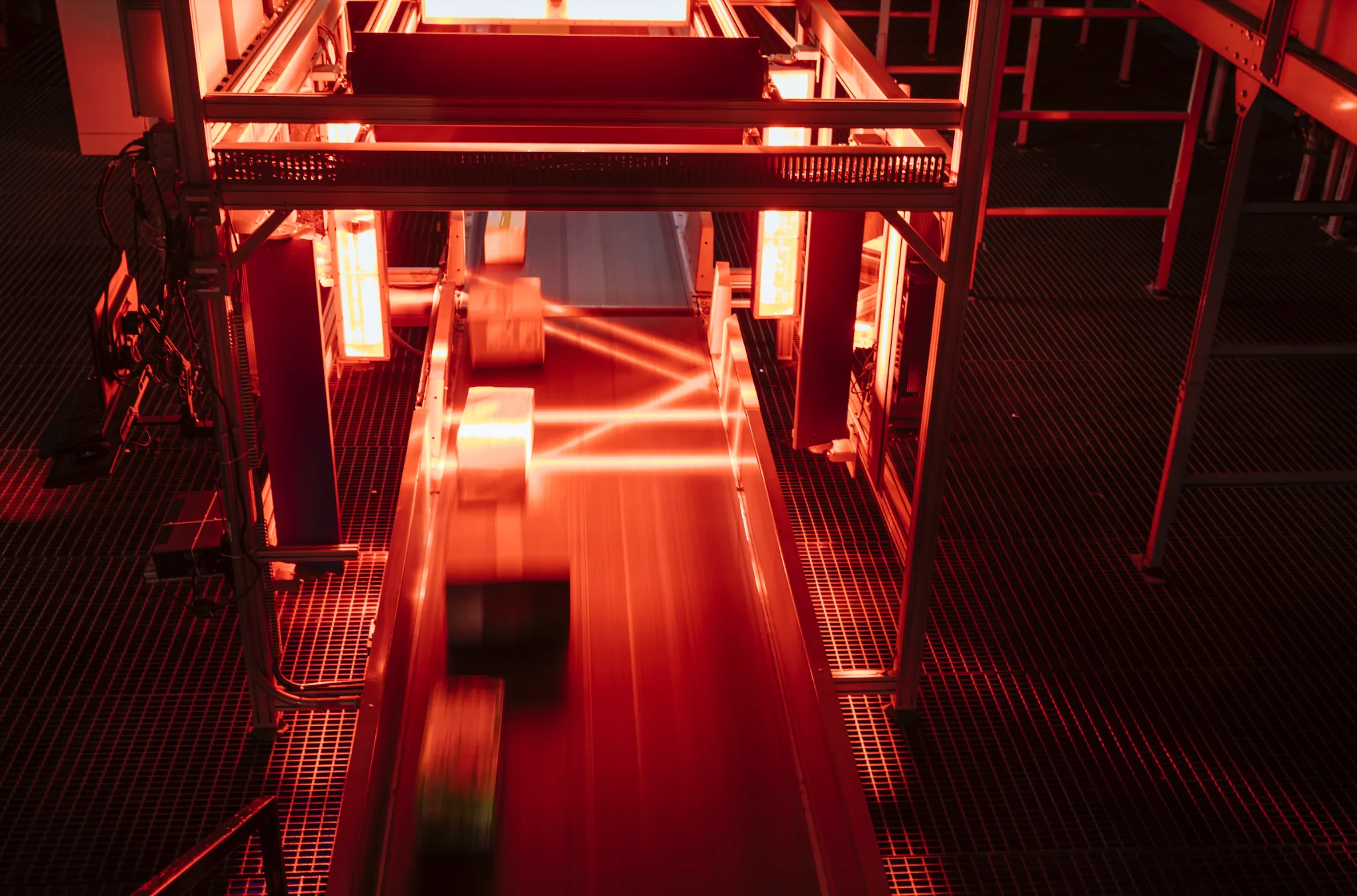Executive Summary
In today’s fast-paced logistics landscape, warehouse automation and robotics have become game-changers for businesses aiming to boost efficiency, cut costs, and stay competitive. However, the leap from traditional operations to a tech-driven warehouse isn’t as simple as picking the shiniest robot off the shelf. Poorly planned automation projects can lead to wasted investments, operational bottlenecks, or systems that don’t scale with growth.
This is where an effective warehouse consulting project steps in—bridging the gap between ambition and execution by grounding decisions in data, real-world observations, and a deep dive into processes. Here’s how a well-executed consulting engagement can empower customers to make informed, strategic choices about their warehouse automation investments.
The Power of Data-Driven Insights
At the heart of any successful warehouse consulting project lies a commitment to data. Warehouses are treasure troves of information—order history, inventory carrying patterns, order fulfillment times, space utilization metrics, peak demand patterns, and employee productivity metrics all tell a story. Yet many businesses lack the tools or expertise to turn this raw data into actionable insights. A consulting project changes that by collecting, analyzing, and interpreting this information to reveal what’s really happening under the roof.
The leap from traditional operations to a tech-driven warehouse isn’t as simple as picking the shiniest robot off the shelf.
Imagine a retailer struggling with slow order processing during holiday peaks. An engineering consulting team might dig into historical throughput and order data, uncovering that bottlenecks stem from manual picking inefficiencies during this peak time. Armed with this insight, the business can prioritize flexible robotic picking systems over, say, automated storage solutions—ensuring the automation solution addresses the root issue of peak demand variability.
Data doesn’t just highlight problems—it also forecasts future needs. By modeling growth trends or seasonal spikes, consultants can recommend scalable automation solutions that won’t become obsolete in two years.
Beyond numbers, data validates assumptions. A customer might assume robots will double productivity, but an engineering consultant’s analysis could show that without layout changes, gains top out at 20%. This clarity prevents overhyped expectations and focuses investment where it counts. In short, data transforms gut feelings into evidence-based decisions, setting the stage for automation that delivers real ROI.
Observations — Seeing the Warehouse Through Fresh Eyes
Data doesn’t just highlight problems—it also forecasts future needs. By modeling growth trends or seasonal spikes, consultants can recommend scalable automation solutions that won’t become obsolete in two years.
Beyond numbers, data validates assumptions. A customer might assume robots will double productivity, but an engineering consultant’s analysis could show that without layout changes, gains top out at 20%. This clarity prevents overhyped expectations and focuses investment where it counts. In short, data transforms gut feelings into evidence-based decisions, setting the stage for automation that delivers real ROI.
Similarly, evaluating the exact amount of time employees struggle with paperwork might spark a recommendation for scanning technology, RFID systems, or voice-picking solutions—a fix that data alone might not prioritize. Observations also expose hidden inefficiencies in human–machine interactions. A warehouse might have cutting-edge scanners, but if workers are constantly toggling between screens due to unintuitive process flows, the investment is wasted. Consultants spot these disconnects and suggest training, process refinements, or automation that complements—rather than disrupts—existing habits. By blending real-world insights with data, consulting projects ensure that technology and automation enhance operations instead of hindering them. It’s about finding the sweet spot where innovation meets practicality, informed by what’s actually happening on the floor.
Process Focus—Building a Foundation for Smart Automation
Automation doesn’t exist in isolation—it’s only as effective as the processes it supports. A consulting project’s emphasis on process analysis is what ties data and observations into a cohesive strategy. Without optimized workflows, even the best automation can flounder, amplifying chaos instead of solving it. Consultants dissect every step—receiving, put-away, picking, packing, and shipping—to identify where automation adds value and where it might overcomplicate operations.
Take a distribution center with a messy packing process: inconsistent picking strategies clog the packing area, only increasing the travel to and from the packing stations. Throwing picking automation at this without process fixes just speeds up the mess. A consultant might first optimize the packing and shipping area to ensure handles are minimized and technology complements the process and reduces the amount of scanning and computer interaction. They might next evaluate the best picking strategy to support the DC order characteristics, and determine the most appropriate automation solutions that support the customer’s growth plans and long-term goals. This holistic approach and process-first mindset ensures automation builds on a solid foundation, not a shaky one.
Process analysis also future-proofs decisions. By mapping workflows, consultants can spot scalability pain points—like a picking system that works for 1,000 orders daily but collapses at 5,000. They might suggest modular robotics that flex with demand, avoiding costly overhauls later. Plus, a process lens highlights trade-offs: automating packing might save labor but slow shipping if downstream steps aren’t adjusted. Customers get a full picture of impacts, not just a sales pitch for shiny tech.
Ultimately, a consulting project’s focus on processes bridges the gap between today’s operations and tomorrow’s potential. It’s not about automating for the sake of automation—it’s about crafting a system where every robot, conveyor, or piece of technology serves a purpose rooted in efficiency and growth. When data reveals what’s possible, observations show what’s practical, and processes define what’s sustainable, customers gain the confidence to invest wisely. The result? A warehouse that doesn’t just run faster, but smarter—ready for whatever the future throws its way.
About the Author

Zac Reynolds
UPS Customer Solutions | Area Manager
As an Engineering Practice Area Manager at UPS Customer Solutions, Zac has spent over eight years in the Supply Chain Optimization department and more than 18 years in the industry. With expertise in industrial engineering, operations, and supply chain consulting, he leverages deep UPS knowledge to enhance customer operations. Passionate about problem-solving and collaboration, Zac finds it rewarding to work closely with business owners and teams to drive measurable improvements in efficiency, safety, and overall business performance.
 Customer
Customer 





